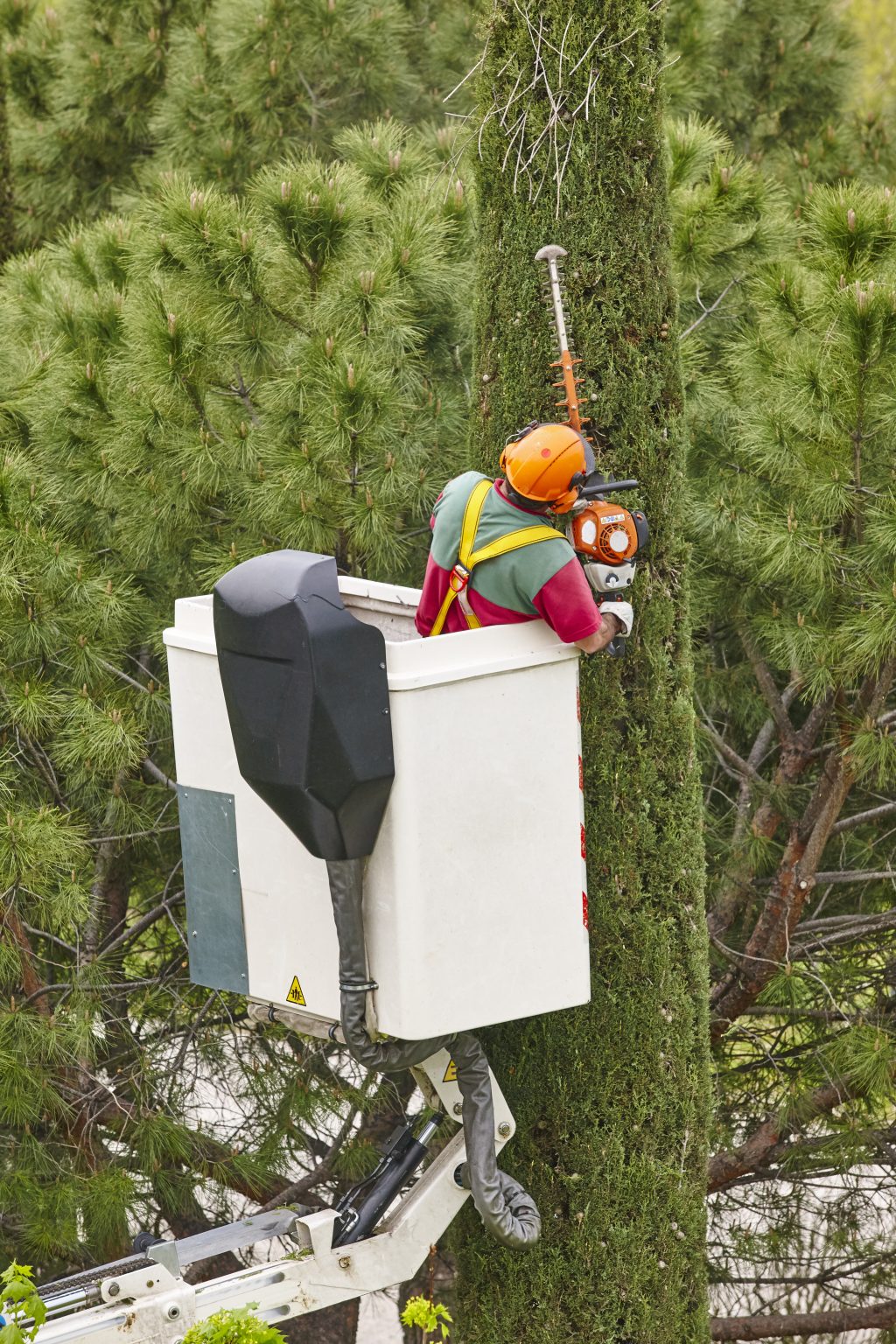
Trees play a vital role in creating a beautiful and functional outdoor environment, but they also require consistent care and management to avoid becoming a liability. Tree trimming, tree pruning, and tree removal are not just landscaping tasks—they are essential services that protect your property, promote healthy growth, and prevent costly damage or accidents.
In this blog, we’ll explore how each of these services contributes to the safety and sustainability of your landscape, and why working with professionals is the best way to protect your investment.
The Hidden Dangers of Neglected Trees
While mature trees can increase property value and enhance curb appeal, they can also pose serious risks if left unmanaged. Dead limbs, overgrown branches, or diseased trees are common causes of property damage during storms or high winds.
Common risks of neglected trees include:
-
Falling branches damaging roofs, cars, or fences
-
Roots disrupting sidewalks or foundation structures
-
Overgrowth interfering with power lines and visibility
-
Spreading diseases to nearby healthy plants and trees
The good news? Preventive care through tree trimming, tree pruning, and tree removal can significantly reduce these risks and extend the life of your landscape.
Tree Trimming: Controlling Growth Before It Becomes a Problem
Tree trimming is the process of cutting back overextended, unwanted, or dangerous branches. It’s primarily done to maintain the tree’s structure, prevent interference with nearby structures, and reduce the risk of storm damage.
Benefits of regular trimming:
-
Keeps trees well-shaped and proportioned
-
Prevents limbs from encroaching on rooftops, gutters, and wires
-
Minimizes the risk of falling limbs during storms
-
Enhances curb appeal with clean, manicured tree lines
Trimming is also important in public areas or along walkways where low-hanging branches can obstruct pedestrians or vehicles. Most trees benefit from being trimmed every 1–3 years, depending on species and growth rate.
Tree Pruning: A Health Checkup for Your Trees
While trimming is about aesthetics and safety, tree pruning is a more targeted intervention aimed at improving a tree’s health and structural integrity. Pruning involves the careful removal of dead, diseased, or weak branches and encourages stronger, more resilient growth.
Tree pruning helps:
-
Stop the spread of disease or fungal infections
-
Encourage fruit and flower production in specific species
-
Improve air circulation and light penetration within the canopy
-
Promote a stronger structure by removing competing limbs
Pruning is especially important for young trees, where early shaping sets the foundation for balanced growth. For mature trees, regular pruning maintains health and reduces the risk of decay or limb failure.
Tree Removal: A Necessary Decision in Certain Situations
While tree care should always aim to preserve trees, sometimes tree removal becomes necessary. A dead or dying tree is not only an eyesore—it’s a danger waiting to happen.
Scenarios that require tree removal:
-
The tree is dead or dying beyond recovery
-
The roots are damaging the foundation, pipes, or pavement
-
The tree is leaning dangerously or structurally unstable
-
There’s extensive pest infestation or internal rot
-
The tree is too close to new construction or utility lines
Tree removal should always be performed by professionals. Even seemingly small trees can pose safety risks without the right equipment and experience.
How to Identify When a Tree Needs Service
Regularly inspecting your trees is key to early intervention. Look for these signs:
-
Branches that look dead, brittle, or hollow
-
Sudden leaning or cracked soil at the base
-
Excessive leaf loss or discoloration
-
Fungus or mushrooms growing on the trunk or roots
-
Visible signs of pest activity (boring holes, sawdust, nests)
If you notice any of these symptoms, it’s best to consult a certified arborist. They can assess the condition of the tree and recommend the appropriate action—whether it’s trimming, pruning, or full removal.
The Professional Advantage
Tree work can be dangerous. Falling limbs, power lines, and the use of sharp tools at heights all present real risks. Hiring a licensed and insured tree care professional ensures that:
-
Work is done safely and efficiently
-
Trees are evaluated by trained arborists
-
You avoid fines or damage from DIY mishaps
-
Clean-up and disposal are handled properly
Professionals also understand local ordinances, especially in urban areas where certain trees may be protected or require permits for removal.
Final Thoughts
Caring for trees is about more than just maintaining a pretty yard—it’s about protecting your home, your family, and your property’s value. Regular tree trimming keeps growth in check, tree pruning boosts health and longevity, and tree removal removes potential hazards before they cause serious problems.
Investing in professional tree care is one of the smartest decisions a property owner can make. Not only does it enhance the appearance of your landscape, but it also ensures safety, stability, and sustainability for years to come.